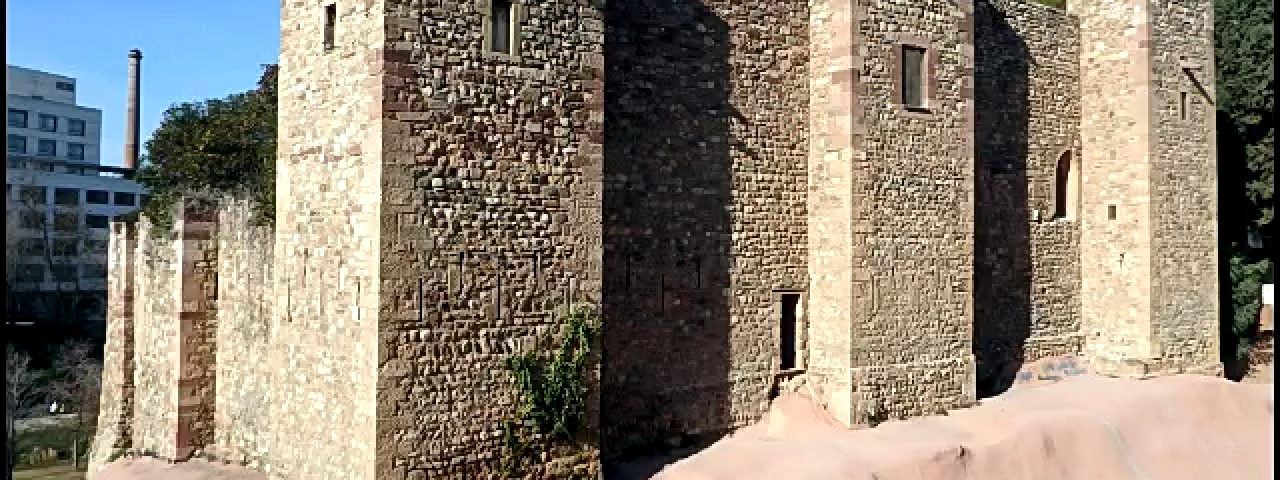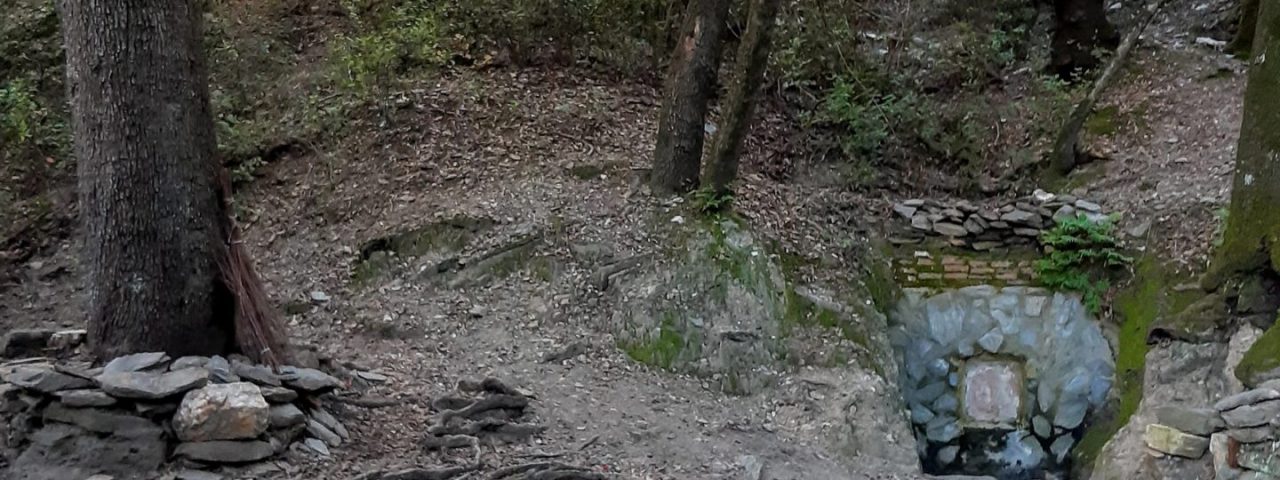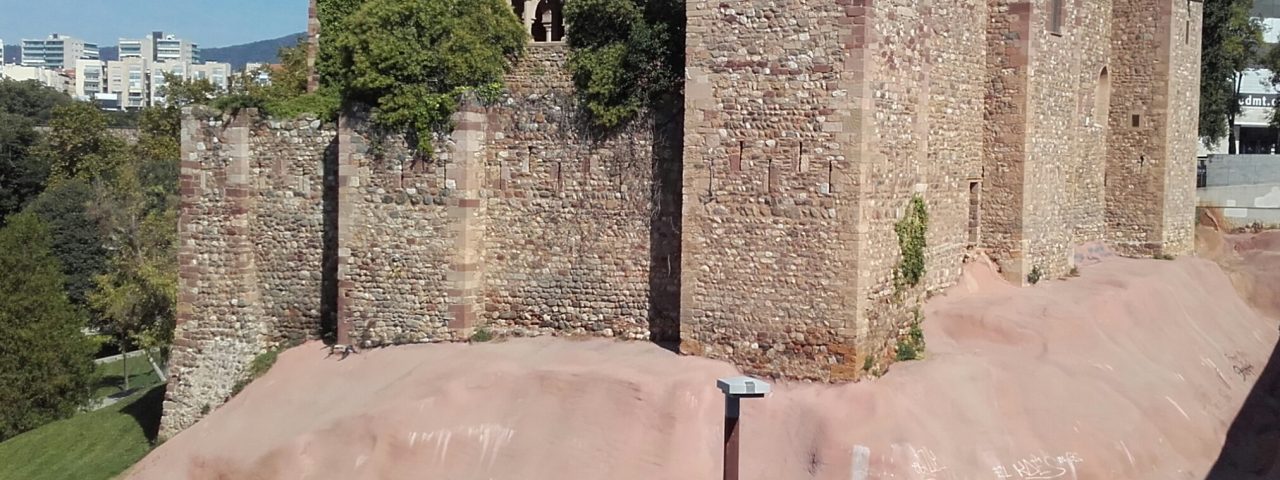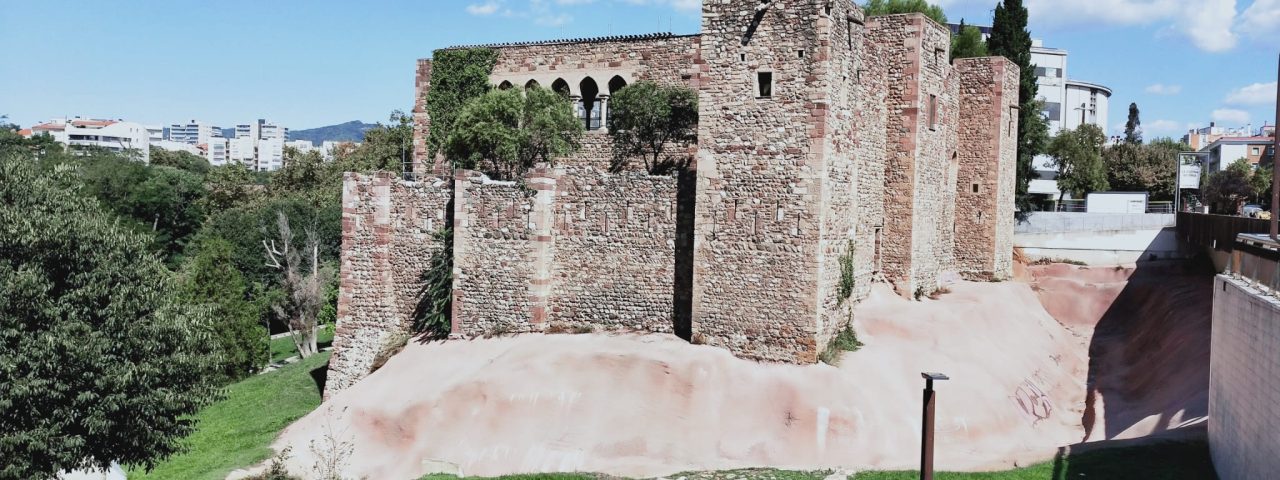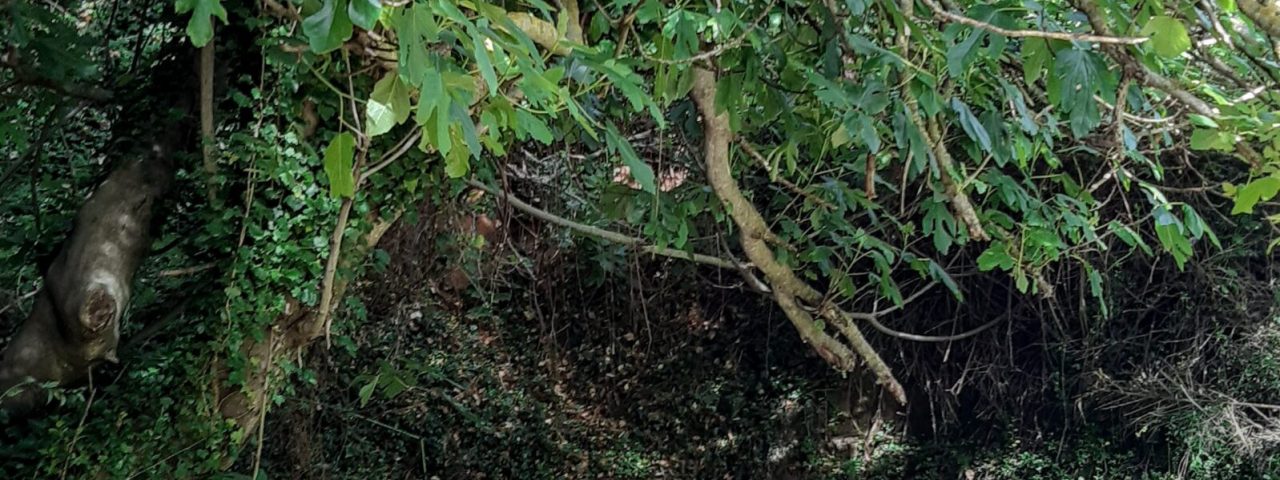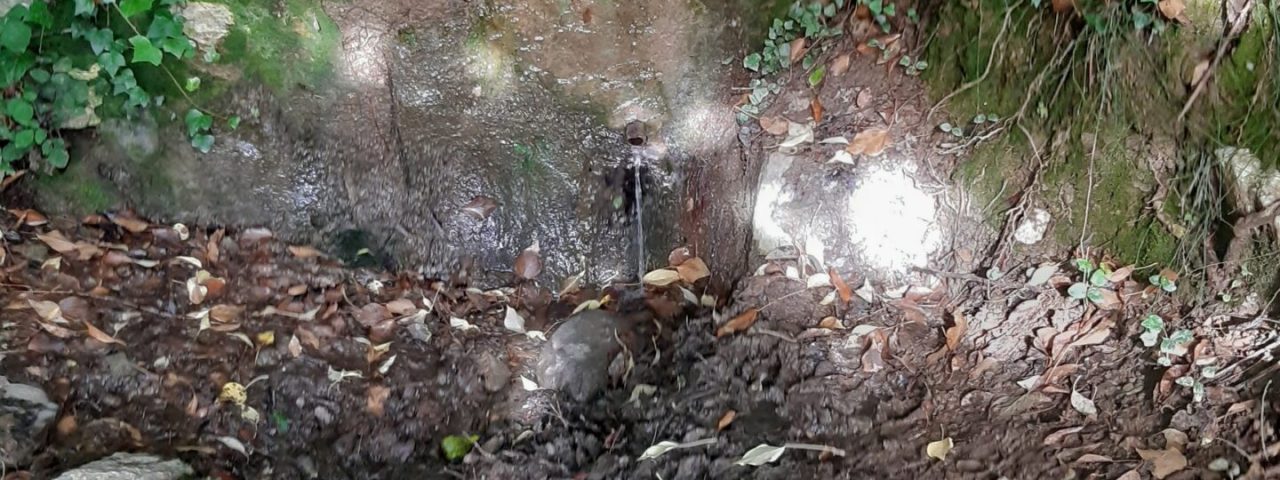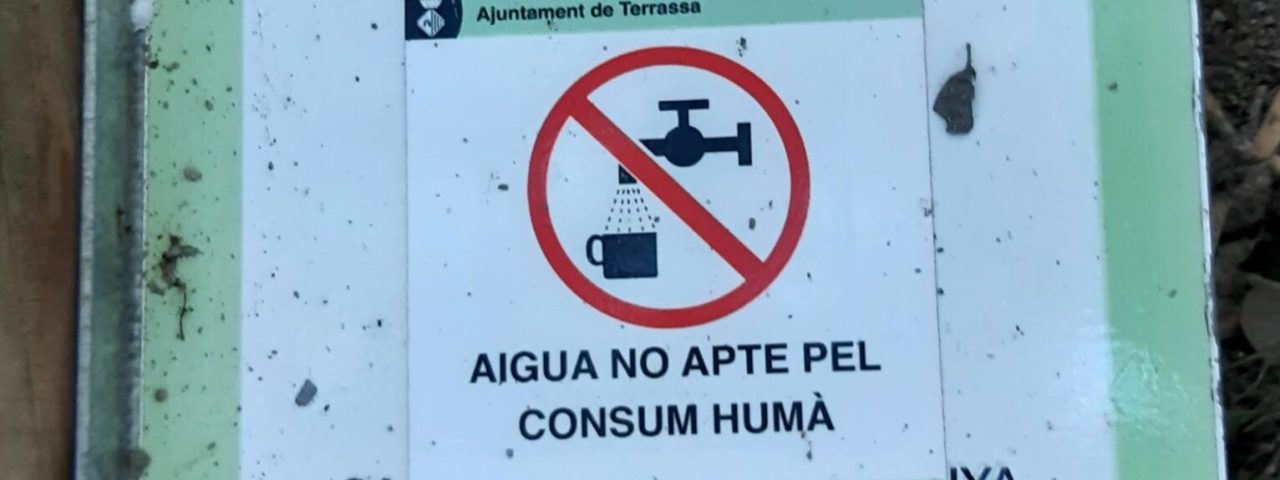Terrassa has a rich historical background that dates back to Roman times. Originally known as Egara, the city was an important Roman settlement. During the medieval period, it evolved as a significant center for religious and cultural development, with the construction of notable churches such as the Visigothic-Romanesque churches of Sant Pere, Sant Miquel, and Santa Maria. These landmarks remain among the most important historical sites in the city.
In the 19th century, Terrassa played a crucial role in Catalonia’s Industrial Revolution, particularly in the textile industry, which helped shape its economic and cultural identity. The legacy of this era is visible in the city’s architecture, with numerous Modernist buildings reflecting its industrial past. This blend of historical and industrial heritage is a defining feature of Terrassa’s cultural landscape.
Terrassa is also known for its vibrant cultural scene, with several festivals and events throughout the year. The Festa Major, celebrated in July, is a week-long festival filled with music, dance, fireworks, and traditional Catalan parades. The city is also home to the internationally recognized Terrassa Jazz Festival, which attracts music lovers from around the world. These cultural celebrations highlight the city’s strong ties to both tradition and contemporary arts.
